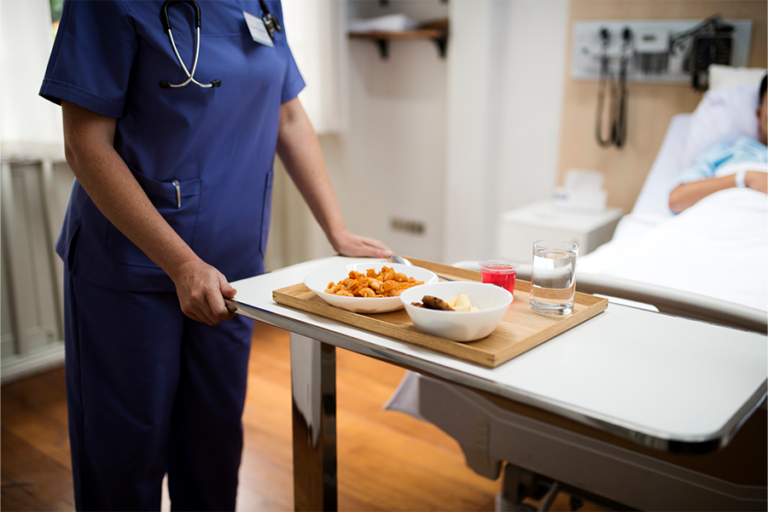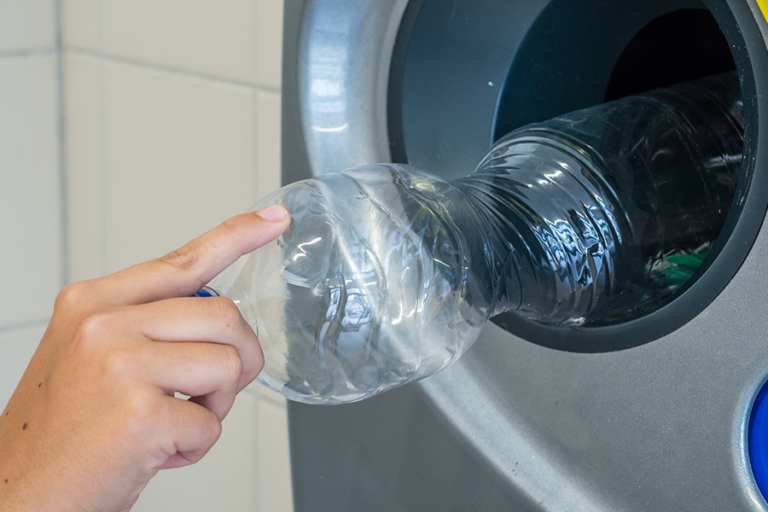As part of our ongoing commitment to the well-being of our employees under the “Be Well Do Well” initiative, we have recently run educational sessions with the Pelican team on how to use an Automated External Defibrillator correctly.
Recently, we installed an Automated External Defibrillator (AED) at the Pelican head office in Farnborough. To ensure our team is well-equipped to respond effectively during emergencies, Marietta Campbell, Implementation Project Manager at Pelican and Community First Responder Responder with the South East Coast Ambulance Service, together with her colleague Tessa conducted interactive educational sessions.
Understanding AEDs
An AED is a life-saving device specifically designed for individuals experiencing sudden cardiac arrest. These devices come with simple, step-by-step instructions, making them easily accessible without requiring specialised training. Nevertheless, our awareness sessions aimed to give our team the confidence to act swiftly when needed.
Team sessions
Our team covered a comprehensive range of crucial emergency response topics during the familiarisation sessions. This included what to do if someone is found unresponsive, what happens when you dial the emergency services at 999, CPR techniques, how to use an AED, and actions to take when someone is choking.
Marietta says, “In a sudden cardiac arrest, every second counts – for every minute’s delay in starting CPR, the chances of survival drop by 10%. We want people to feel confident about taking quick action in an emergency.”
Empowering action
Amie Henderson, Client Procurement Manager, shared her story: “Recently, my son choked on a piece of lamb and couldn’t get it out. I put my training to the test and performed the abdominal thrusts. It worked straight away! I’m so grateful that I felt confident enough to act. The session truly made a life-saving difference.”
Top tips for emergencies
- Feel confident to act: Act decisively during emergencies and feel empowered to take lifesaving actions in critical situations.
- Call for help immediately: Time is crucial in emergencies; dial emergency services (999 in the UK) promptly to ensure quick, professional assistance.
- Don’t worry if you don’t know what to do: High-stress situations can be overwhelming but remember that emergency services guide you through the necessary actions when you call.
- Accurate location information matters: Provide precise location details when calling for help, ensuring a swift response from emergency services. Check out https://what3words.com/
- AEDs are user-friendly: AEDs come in various models, but they all serve the same life-saving purpose. These devices are designed to be user-friendly and have voice prompts that guide you through the steps to use them effectively.
- CPR requires adequate depth (5-6 cm): Performing Cardiopulmonary Resuscitation (CPR) is vital in maintaining blood circulation until professional help arrives. Remember to apply adequate pressure of about 5-6 cm deep during chest compressions.
- Quick response to choking: Act swiftly if someone is blocking, using five back blows followed by five abdominal thrusts to dislodge the object. Remember to have someone call an ambulance while you provide assistance.









